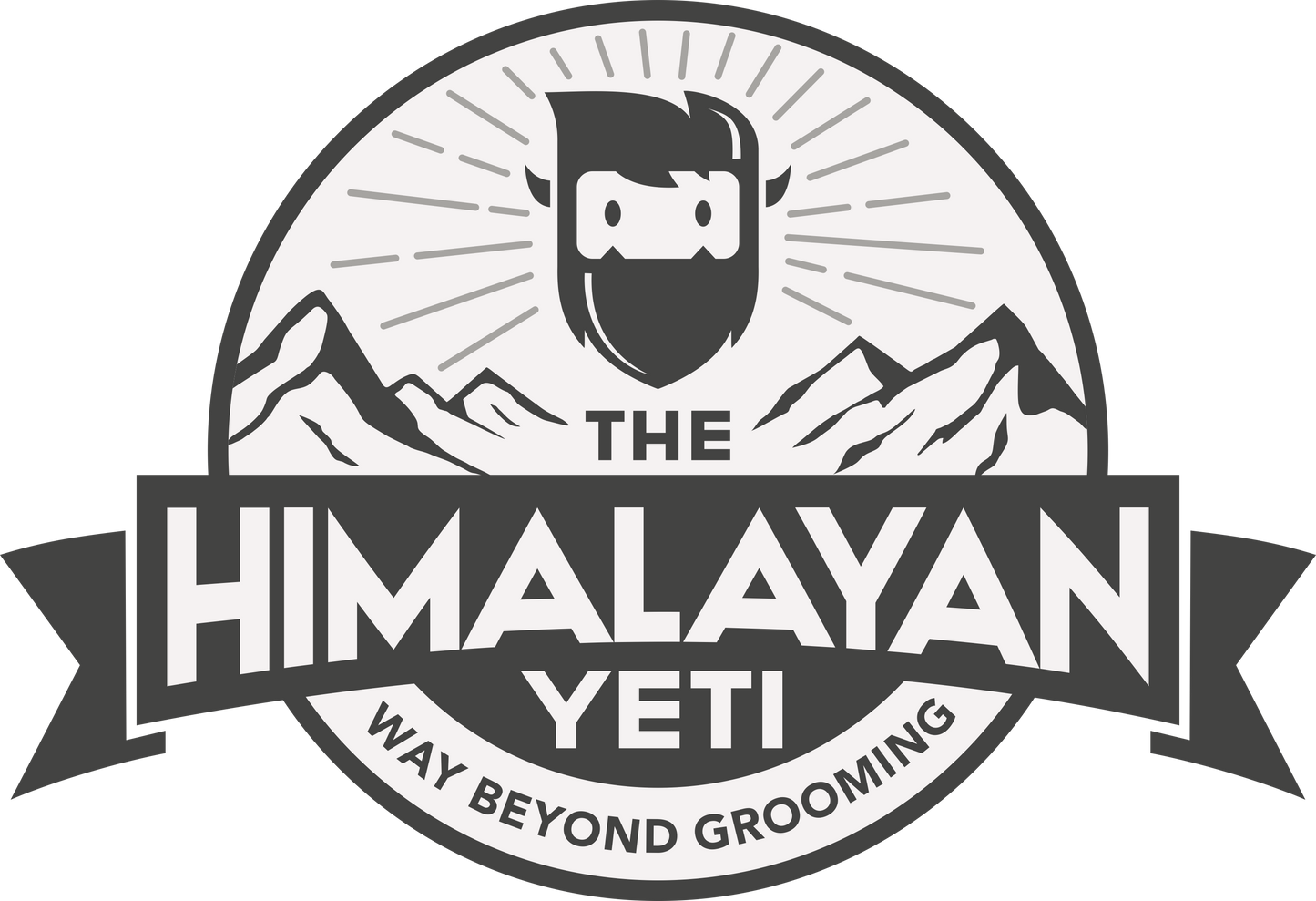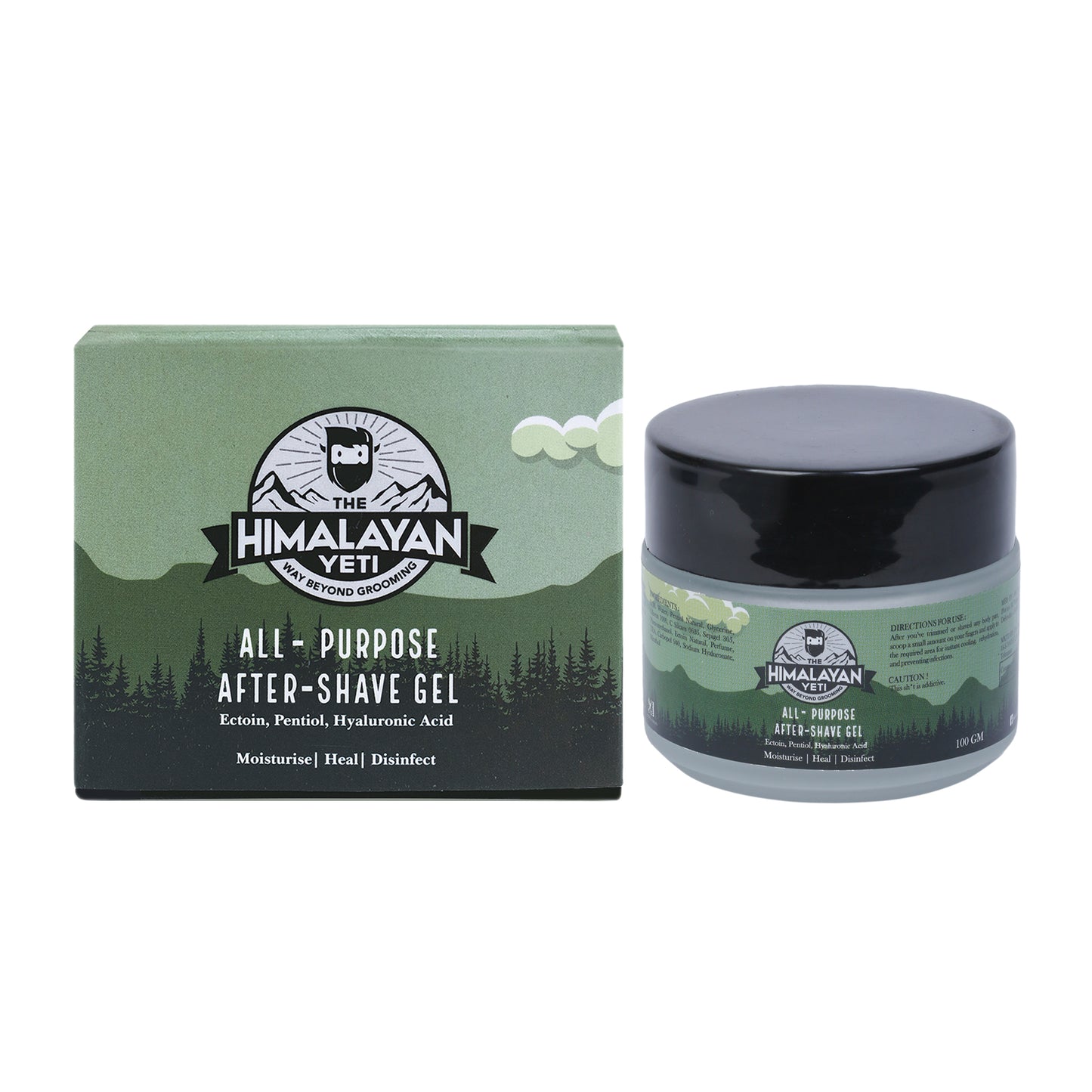
1. History of shampoo:
As wise people say, "First impressions matter". The first thing people pay attention to when meeting someone is their facial features and their hair. Therefore, you must look your best for both formal and informal appointments.
Hair is quite possibly the one part of the body that men, in particular, take care of the most. After all, a lion is the most concerned about his mane. There are as many haircare regimes out there as there is hair on my head. But the most basic of these is shampooing.
Unless you have been living under a rock for the past 250 years, you might know that the word shampoo was derived from Sanskrit. Shampoo (or champu) originated in India during ancient times when various herbs were used to cleanse one's body and hair. This practice spread to Britain during the colonial era and subsequently all over the globe.

2. How shampoo works:
Before we learn how to shampoo correctly, it's important to know how shampoo works.
Our skin produces a substance called sebum, which is oily in nature. It coats the hair and the hair follicles to protect them from external elements and make them lustrous. But over time, it accumulates and gives our hair a lacklustre look. Dirt and dust that settle on our hair further add to the problem and make our hair dull. Washing hair with water might remove some dirt, but the sebum repels water. So, we are still left with greasy-looking hair. Here's where shampoos come to the rescue.
- Most shampoos contain a substance called sodium lauryl sulfate (SLS), which contains a hydrophobic (water-hating) and a hydrophilic (water liking) part.
- When the shampoo is massaged into the hair, the hydrophobic part attaches itself to the sebum and pulls it from the hair along with the dirt.
- When the shampoo is rinsed, the hydrophilic part helps it to be rinsed away by the water.
Shampoos are also vital in providing essential nutrients to repair your damaged hair. The Himalayan Yeti’s Damage Repair Shampoo protects and repairs your hair while hydrating them and soothing your scalp.
3. How to use:
If all that went over your head (how did you like that?), you needn't worry. You don't need a PhD to shampoo your hair. Just follow these simple steps.
- Wet your hair and scalp
Just soak your head completely with water. Avoid using hot water as it could damage your lively locks of hair. Instead, use warm water.
- Take some shampoo into your palm
After soaking your head, spurt a coin-sized amount of shampoo into your palm. The actual amount can vary based on your hair type. But remember more doesn't necessarily mean better.
- Lather it up
Work the shampoo into your hair gently while working up a bubbly lather. Don't be too aggressive as it could damage your hair. Massage it such that all the lather reaches your scalp and all your hair. It is crucial to get the shampoo to your scalp since most of the grime settles there.
- Rinse your hair
After you are sure the Shampoo has been applied properly, rinse it well with warm water. While shampoos do contain some moisturising elements, if your hair gets frizzy, you could go for the conditioner regime. Just apply some conditioner to your hair but try to avoid the scalp. Leave it on for roughly 2-3 minutes then rinse it.
4. Conclusion:
Shampoo works by helping to break up dirt, oil, and other particles that get into your hair and washing it away. When using shampoo, it's important to read the directions on the bottle to see how much to use. It's also important to note that shampoo is meant to clean hair and only hair. So, you can't clean your face, body or anything else with it, you'll need to use a different product.
Frequently asked questions:
1. How often should you use shampoo?
There’s no golden number about how often you should shampoo. However, take care to avoid shampooing too often so that you end up stripping your hair of its natural oils.
2. How much shampoo should you use?
Use about a coin-sized amount of shampoo. You could always add more if needed.
3. Which shampoos should you prefer?
Go for shampoos that contain hydrating and soothing ingredients like argan oil and onion extract. The Himalayan Yeti’s Damage Repair Shampoo not only cleans your hair but also revitalises them.

